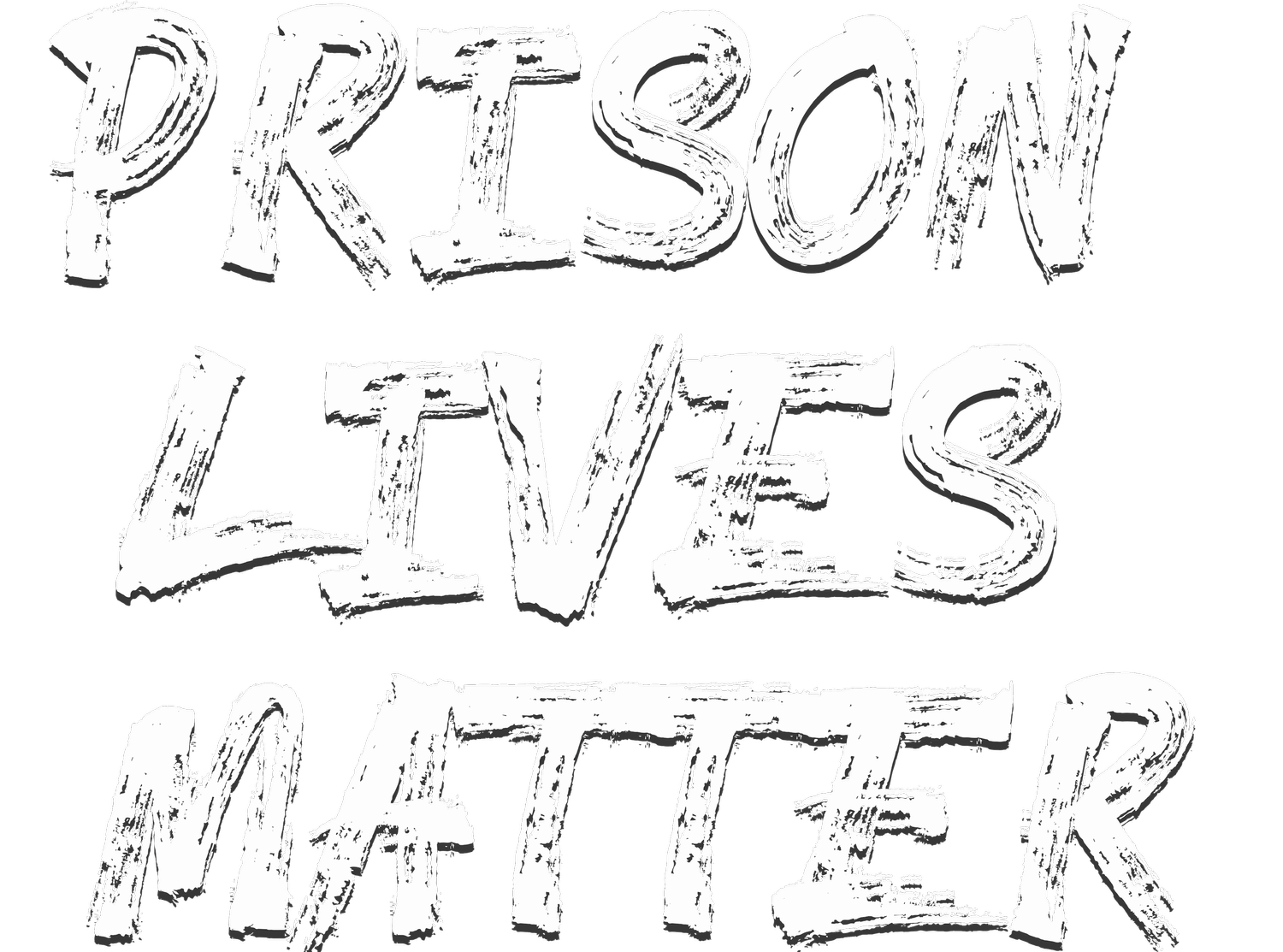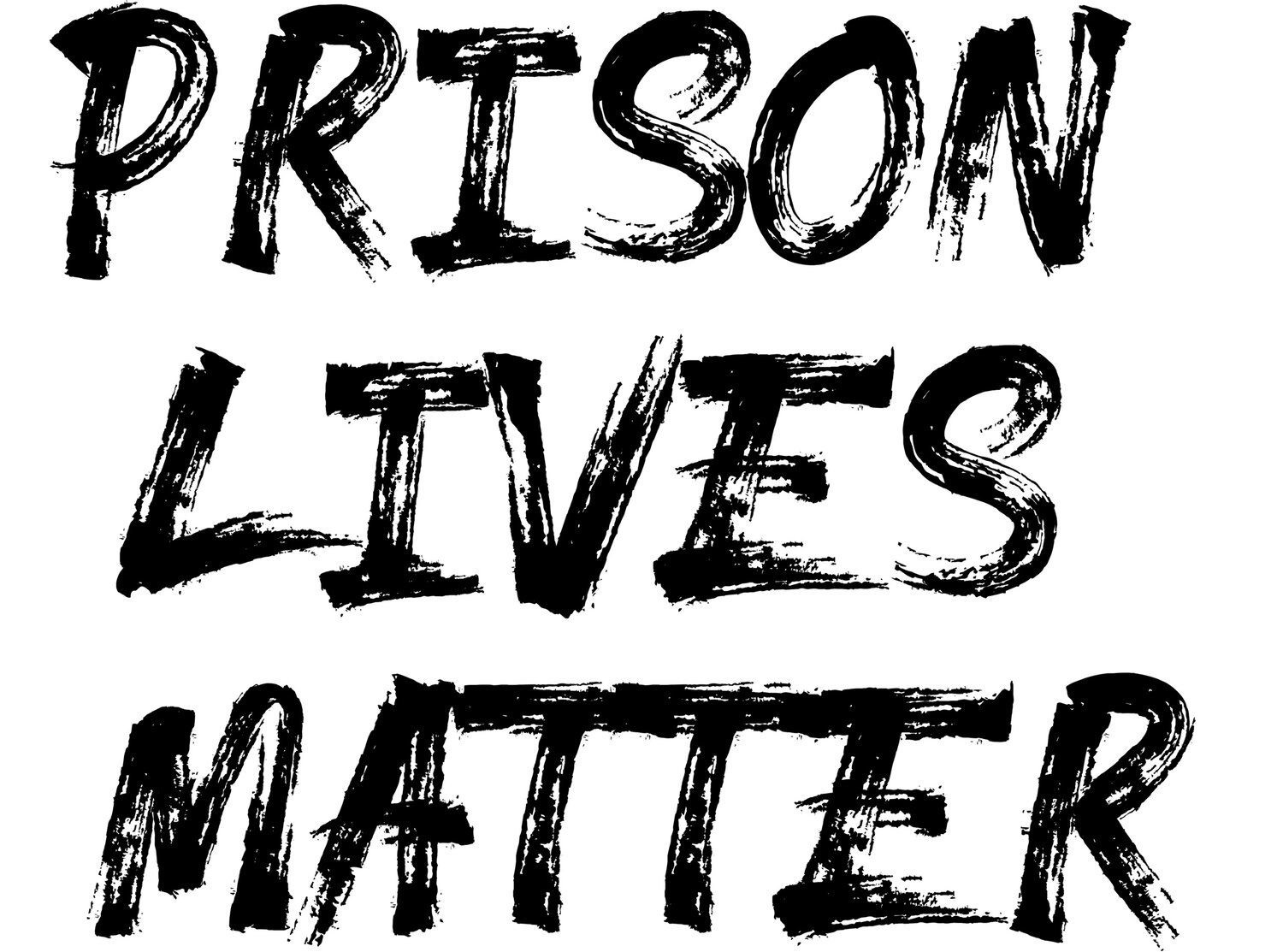Kenjuan Congo Jr
Elders in Prison: Geriatric Release
Geriatric Release (allowing elderly people to leave prison) continues to be a major topic in what is called criminal justice. The Bureau of Prisons acknowledges that the number of older prisoners is growing at an alarming rate. Both federal and state institutions are ill-equipped to meet the specific needs of this demographic, and it is costing taxpayers an outrageous amount of money to keep them incarcerated. This has caused experts to bring their professional opinion of geriatric release to the forefront.
The number of older prisoners in the United States has seen a sharp increase. America has the largest number of prisoners aged 50 or older; this population has grown 282% between 1981 to 2011 (HRW2012). That increase is more than any other industrialized society including the United Kingdom, Japan, and America's neighbor to the north, Canada, who has the lowest increase. Current estimates show that by 2030 people over 55 will make up one-third of America's prison population (Incarcerated Older Adults; Tina Maschi PHD, Adriana Kaye BA).
The increase of the United State's older prisoners has been spearheaded by the 1980's introduction of "tough-on-crime" policies. What followed was stricter sentencing laws along with other approaches that lead to growing old or even dying while incarcerated. More than 3,000 (5%) United State's prisoners, mostly aged 50 or older, die in prison each year (HRW, 2012; Phillips et al., 2011).
The large and accelerating number of older inmates highlights the fact that prisons are not designed to be long term care facilities. Institutions lack programs that promote physical, cognitive, emotional, social, and the overall wellbeing of older adults. In the United States, only 4% of State Correctional Institutions promote any type of geriatric-specific service (Thivierge-Rikard & Thompson 2007).
Even with little to no specific services, keeping elders incarcerated continues to cost taxpayers a ridiculous amount of money. It is at least twice the cost to imprison an elderly person than a younger one. Experts estimate that it costs between $60,000 to $70,000 per year to keep older people imprisoned (National Institute of Corrections). Of course, much of this cost stems from greater healthcare needs.
The Bureau of Prisons limits its sentence reductions to extraordinary circumstances and/or compelling reasons. These grounds are divided into three categories: medical, non-medical, and elderly. Though geriatric release is available, it is rarely used, mainly due to political considerations and public opinion (vera.org).
But, geriatric release does not reduce public safety. Prisoners over the age of 55 have a recidivism rate of only 15%. Moreover, prisoners granted geriatric release recidivate at a barely noticeable rate of 3.5%(DOJ Office of Inspector General). As a prisoner ages, their risk of committing crime decreases dramatically.
The number of older prisoners is alarming and it continues to grow. As inmates age, their health declines in institutions that are ill-equipped to meet their unique needs. In turn, taxpayers are forced to pay astronomical amounts of money to keep elders imprisoned. Evidence shows that the risk of committing crime decreases exponentially as prisoners age. Experts consider all factors as they acknowledge geriatric release as a viable option for the United States.
If elders recidivate at such a low rate while the cost to house them is extremely high, why do we still insist on keeping them imprisoned for long periods of time? Geriatric release does not decrease public safety, but it does decrease the sky-high cost to house them. "This is something that everyone should support from a common sense, if not humanitarian, position" (Compassionate Release).
Kenjuan Congo Jr ND7568 SCI Chester
Prison Radio: Kenjuan Congo Jr
https/medium.com/@kjcongo
IG: kjcongo3
kjcongo@yahoo.com

